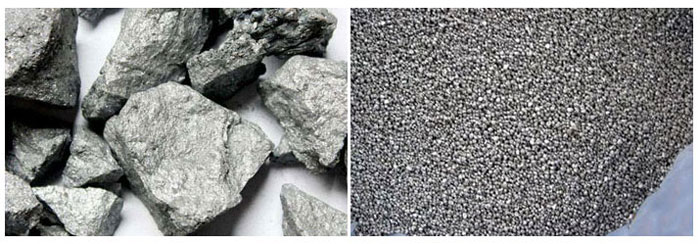
Calcium granules are an important ingredient in steelmaking. They help in the calcination process. Optical emission spectroscopy (OES) is used to determine the calcium content in steel. These granules are used in stainless steel.
These granules are used in the steelmaking process to improve the strength and hardness of stainless steel. They are also used in a variety of applications, including welding and heavy industry. The process for producing stainless steel is complex and expensive, but the result is a high-quality steel with exceptional corrosion resistance.
Calcium is a key component in steelmaking, which improves machinability. The optimum Ca/S ratio depends on a variety of factors, including the slag's calcium oxide content. Optimal calcium content is required to reduce sulfur content. Iron oxide content is also critical to the process.
Inclusions are classified according to their composition, stability, and origin. They can be homogenous or heterogeneous. Heterogeneous inclusions are formed when the liquid steel reacts with slag and lining refractory, thereby forming an agglomerate of exogenous inclusions and forming new ones.
The size of inclusions influences the mechanical properties of steel. A large macro-inclusion can cause a catastrophic defect. However, a small inclusion can cause less of a problem. It is important to understand the size distribution of inclusions, because large macro-inclusions are the most destructive.
During the machining process, inclusions can cause increased energy consumption and cutting tool wear. In fact, machining operations account for up to 40% of the total cost of steel production. Thus, it is important to optimize steel grades based on the combined machinability and performance requirements. While inclusions are necessary for proper machinability performance, they must also be controlled to maintain high performance properties of steel.

Kilns used for calcination are either rotary or horizontal shaft kilns. The type of kiln used depends on the characteristics of the limestone, expected production rate, local conditions, and cost of fuel. It is important to assess all of these factors before selecting a kiln.
The rate of temperature increase is also important. Large size limestone must maintain its porous nature during the process. When the temperature is high, the limestone starts to dissociate. Smaller pieces will agglomerate. Larger ones will shrink. This means the kiln temperature will be higher, causing more shrinkage.
The limestone used for steelmaking must have a minimum of 92 % calcium carbonate. It should also contain low levels of impurities, such as silica. In order to be suitable for this process, limestone must have a SiO2 content of less than 1% and be reactive.
Optical emission spectroscopy measures the calcium content in steel through the detection of radiation emitted by atoms after they are vaporized. This technique measures the total Ca content in steel, which is equal to dissolved Ca, sulfide micro-inclusions, and oxide inclusions.
The intensity of the light emitted is proportional to the calcium content. Higher-alloyed steels produce a higher intensity of light. The time evolution of the spectrum intensity has also been studied. The results have shown that the calcium content in steelmaking is influenced by the atmosphere.
However, the FWHM values for some slags are not uniform. This can be caused by varying furnace conditions, gas emissions from the melt, and wandering of the arc on the slag surface. A typical example of a plasma profile deviation is shown in Figure 7. The calcium temperature fluctuates significantly. The FWHM ratio of calcium and chromium is 1000 K out of the measurement cone.

Write a Message